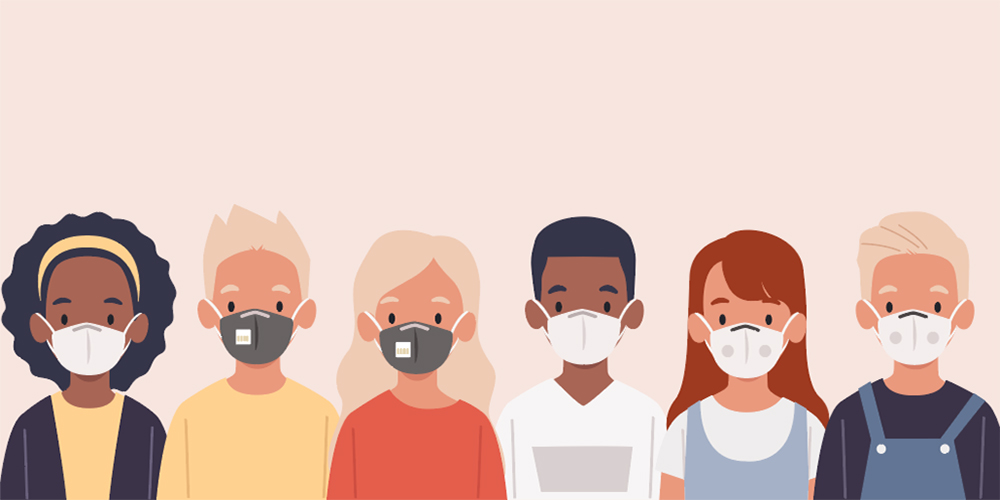While some studies suggest younger children are not significant spreaders of the coronavirus, a new study shows older children spread the virus just as much as adults, adding another complicated layer to the debate of whether or not schools should reopen.
The study from South Korea found although children under the age of 10 transmit the virus to others much less often than adults do, children between the ages of 10 and 19 can spread the virus at least as well as adults do, reports The New York Times.
Dr. Ashish Jha, director of the Harvard Global Health Insitute, told The New York Times that he thinks several studies from Europe and Asia that have suggested younger children are less likely to get infected and spread the virus were small and flawed. On the contrary, he believes the new study is “very carefully done, it’s systematic and looks at a very large population. It’s one of the best studies we’ve had to date on this issue.”
The researchers analyzed 59,073 people who had contact with 5,706 coronavirus patients from January through March, looking at the age of the first infected person in a household. In homes where the first person infected was between the ages 10-19, 18.6% of their household contacts contracted the virus within about 10 days after the initial case was detected. Comparatively, only 5.3% of the household contacts of younger children ages 0-9 were infected.
Additionally, of 10,592 household contacts, 11.8% had COVID-19 while only 1.9% of 48,481 nonhousehold contacts had the virus, suggesting the use of personal protective measures and social distancing reduces the likelihood of transmission.
The researchers note that household contacts may have contracted the virus elsewhere and that the first person in a household to exhibit symptoms is not necessarily the first person to be infected as many carriers of the illness are asymptomatic, particularly children. The study also notes that some older children, while often as big as adults, have unhygienic habits like young children and may also have been more likely than younger children to socialize with their peers within high-rise complexes in South Korea.
Schools were also closed during the period of the study, so it is unclear how the classroom environment might influence risk, according to Bloomberg. If schools reopen normally, the researchers caution there will be consequences in terms of how the virus is transmitted amongst students ages 10-19 and then to their families.
“I fear that there has been this sense that kids just won’t get infected or don’t get infected in the same way as adults and that, therefore, they’re almost like a bubbled population,” said Michael Osterholm, an infectious diseases expert at the University of Minnesota. “The bottom line message is: there will be transmission. What we have to do is accept that now and include that in our plans.”
Osterholm, along with other experts, suggest schools prepare for infections to pop up. Aside from mask-wearing, social distancing, hand hygiene and frequent cleaning, they suggest deciding when and how to test students and staff, including bus drivers; when and how long to require infected people to quarantine; and when to decide to open and reopen schools.
Business Insider used the COVID-19 Risk Score to determine which occupations are most at risk for contracting the virus. School bus drivers were ranked #5 due to their close proximity to others and their exposure to many people in one day. Kindergarten teachers ranked #6 as they are dealing with children who are too young to be relied on to follow safety protocols and proper hygiene practices. In many states, kindergarteners are excluded from the face-covering requirement as well.













